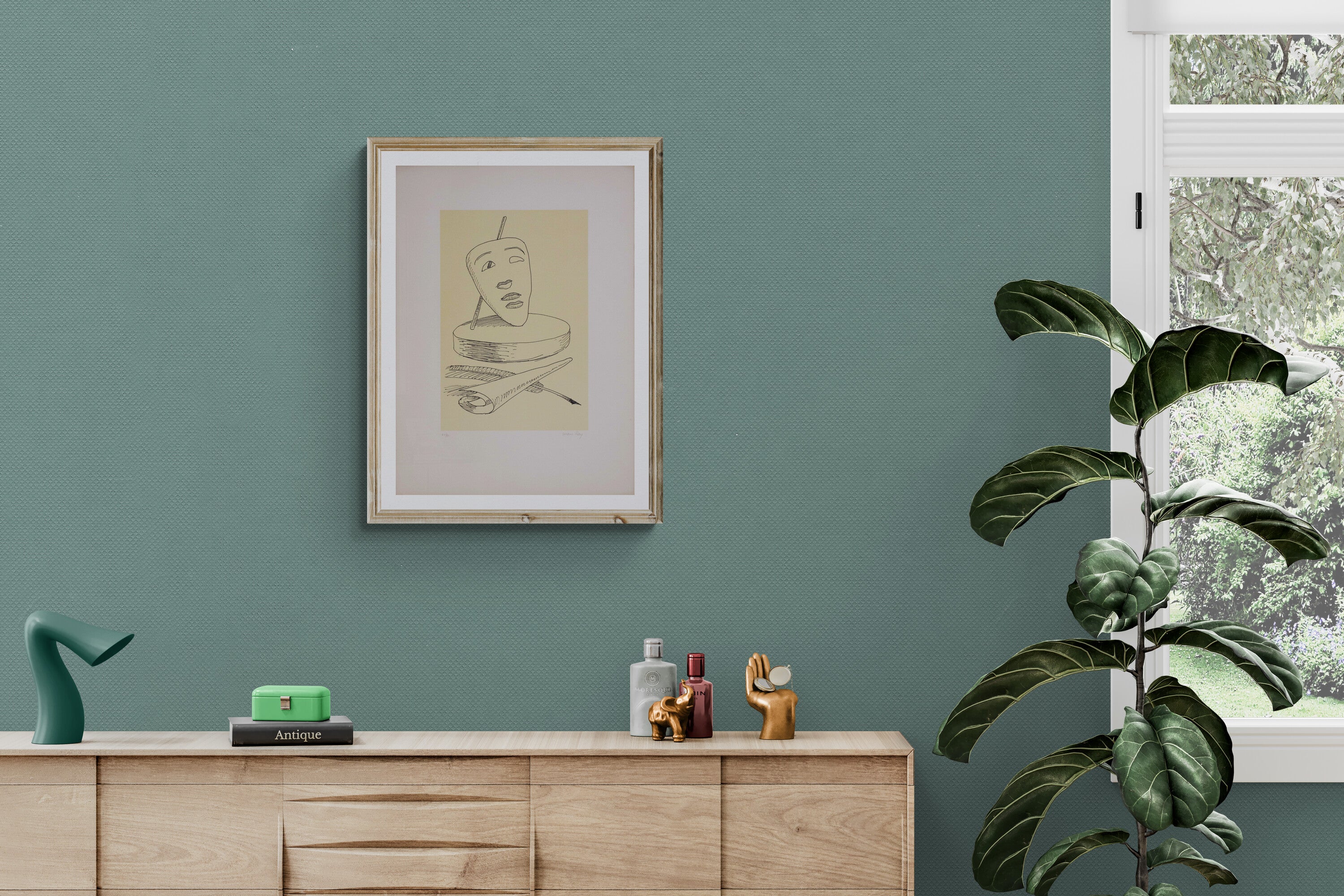Alberto Sughi biography

Alberto Sughi, born on 5 October 1928 in Cesena, was an Italian painter among the main exponents of the second half of the twentieth century. Self-taught, he approached painting thanks to his uncle who gave him the first technical rudiments. He made his debut as a painter in a collective exhibition in Cesena in 1946. Two years later, he moved to Rome, where he met Renato Guttuso through the Cesena born Biagio Dradi Maraldi. However, in 1951 he returned to Cesena and settled in a room in the Rocca Malatestiana. Later, he moved to the country house of Carpineta on the Cesena hills.
Alberto Sughi stands out for his approach to realism, choosing to represent daily life without heroes, in contrast with the socially busy people typical of the post-war period. Enrico Crispolti, in 1956, defined his painting as " existential realism ". His artistic research develops through thematic cycles, among which the "Green Paintings" (1971-1973) stand out, dedicated to the man-nature relationship, the cycle "The dinner" (1975-1976), and "Imagination and memory of the family" in the early 1980s.
Alberto Sughi also explores graphics, creating a corpus significant of engravings, lithographs and silkscreens from 1946 to 2011. His graphic work, characterized by an intense tension towards the exercise of graphic techniques and l The exploration of the sign mutually enriches his painted work.
Alberto Sughi's career includes important exhibitions such as two solo exhibitions in Bologna and Turin in 1962, participation in the Venice Biennale and the Quadriennale of Rome, of which he was also president in 1993. In 2005, the President of the Italian Republic Carlo Azeglio Ciampi awarded him the Vittorio De Sica Award for Culture. His works are exhibited in personal exhibitions in prestigious places such as the Gallery of Modern Art in Bologna, the Castel Sant'Angelo in Rome, the Museum of Fine Arts in Budapest, and abroad in cities such as Moscow, Prague and Sao Paulo. He also participates in international exhibitions, including the "Contemporary Italian Paintings" exhibition in Australia in 1963 and the "Peintures italiennes d'aujourd'hui" in the Middle East and North Africa.
In 1994, he assumed the role of President of the Ente Quadriennale Nazionale d'Arte di Roma and participated in exhibitions such as "The interior portrait" in Aosta. In 2007, two anthological exhibitions were dedicated to him: one at the Biblioteca Malatestiana in Cesena, curated by Vittorio Sgarbi, and the other at the Complesso Vittoriano in Rome . In 2009, his work was exhibited in Palermo and then in London at the Institute of Italian Culture. He took part in the 54th Venice Biennale in 2011, presenting "A World of Cold and Ice".
Alberto Sughi passed away on 31 March 2012 in Bologna, at the age of 83, leaving a priceless artistic legacy that continues to influence the world of contemporary art.




: invalid url input -->)